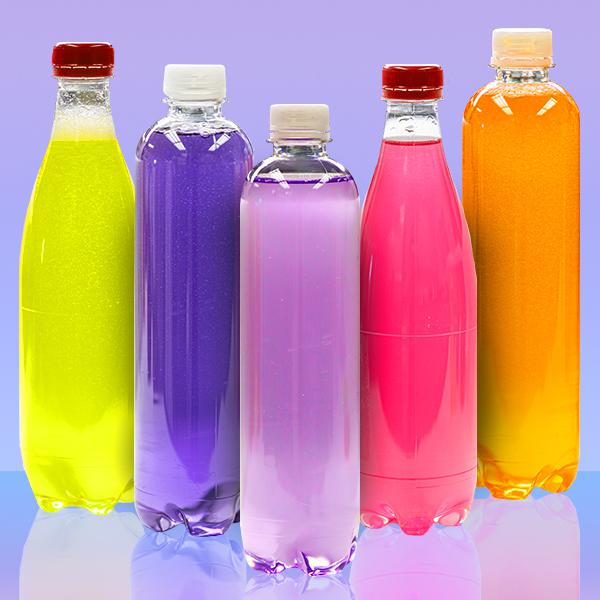Natural Colors Shine Through in Beverage Formulations
2021-11-12 13:45:57
In Cyndi Lauper’s 1986 chart-topping hit “True Colors,” she reminds people to take courage in the world so that others can see “your true colors shining through.” In a world full of new products and the ever-flourishing clean-label revolution, the natural food colors market is “shining through” as ingredient suppliers and consumers alike embrace these solutions.
A Natural Food Color Market report from Dublin-based Fact.MR estimates that the global natural food colors industry will reach $17 billion by 2031, growing at compound annual growth rate (CAGR) of more than 7%, an increase from the 4% CAGR and $8.5 billion that natural food color sales notched between 2016 and 2020. “The ever increasing healthy eating trends observed throughout the coronavirus pandemic crisis further fueled expansion prospects in the past year alone,” the report said. Anthocyanin remains the top selling natural food color, expanding at a 6% CAGR.
The use of color is heavily associated with flavor and the first impression of a product is highly determined by its appearance, experts note. Without a natural blue component provided by Mother Nature, it could be difficult to achieve some purples and greens because blue is a primary color needed to build greens and purples with blends, according to Meghan Fox, marketing specialist for St. Louis-based Sensient Food Colors. She notes that although solutions from spirulina extract provide bright sky blue hues and beautiful lime greens and purples, spirulina does not perform well in CSDs, ready-to-drinks (RTDs) and heat-processed applications. If these colors are desired, synthetic colors would be the only way to reach certain shades like those in these spaces for now. Yet, that is changing.
As of September, “The FDA has recently approved [Sensient’s] butterfly pea flower extract as a color additive and added it to the [Code of Federal Regulations] (CFR) for a variety of food and beverage applications,” Fox says. “This exciting heat-, light-, water- and pH-stable addition provides denim blue shades at higher acidity levels and shifts to stable purple shades at lower pH levels, especially in CSDs/RTDs.”
Read the full article at the link below.





